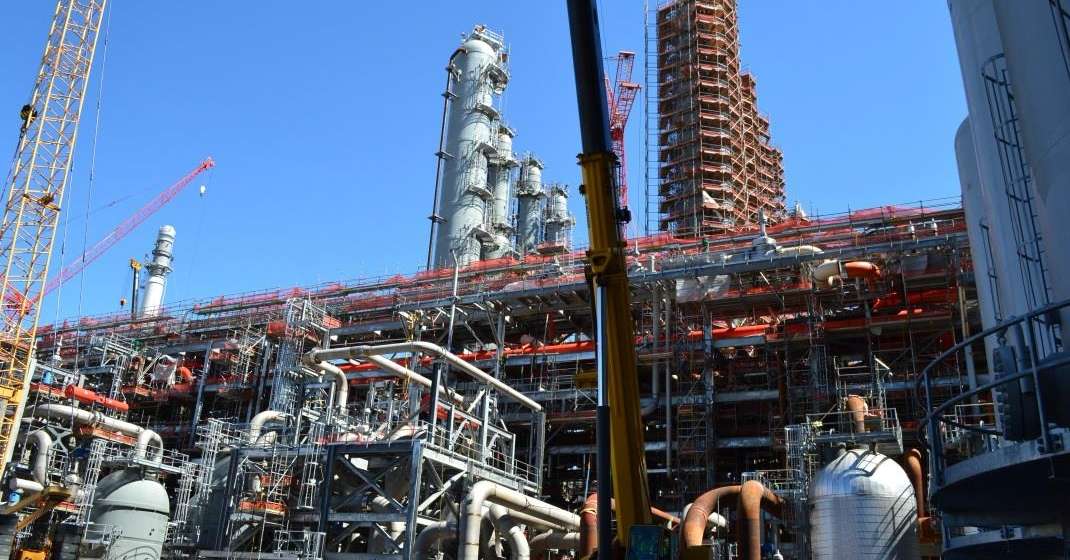Section 45V introduces a new 10-year production tax credit for hydrogen, offering a four-tier incentive of up to $3 per kilogram based on the carbon emissions intensity. Hydrogen (H2) is a clean fuel that produces only water when consumed in a fuel cell. It can be produced from various energy sources, including natural gas, coal, biomass, and renewable energy like wind and solar. These sources result in different levels of greenhouse gas intensity for hydrogen production. Currently, most hydrogen is produced by steam reforming natural gas, a process that releases carbon dioxide. Proponents of hydrogen often advocate for carbon capture and storage (CCS) technologies to trap and store the CO2 byproduct during hydrogen production.
Photo Credits:










